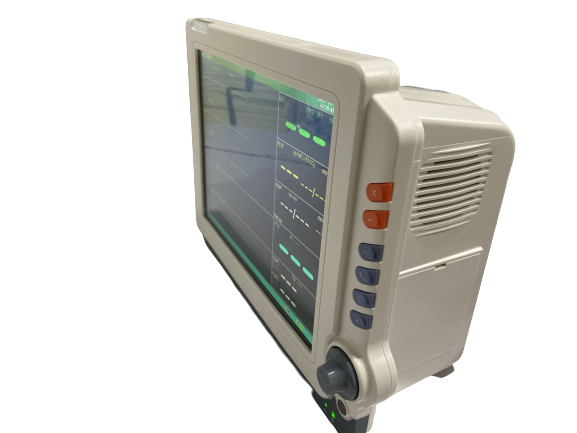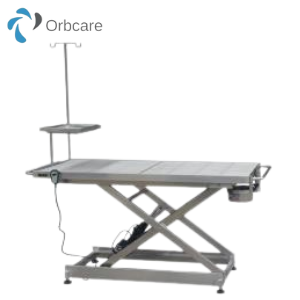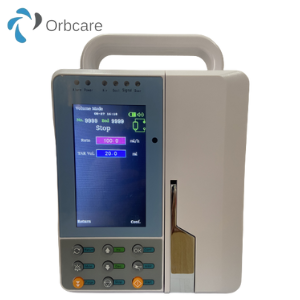Description
Patient Monitor
A cardiac event monitor is a device that you control to record the electrical activity of your heart (ECG). This device is about the size of a pager. It records your heart rate and rhythm.
Cardiac event monitors are used when you need long-term monitoring of symptoms that occur less than daily.
How the Test is Performed
Each type of monitor is slightly different, but they all have sensors (called electrodes) to record your ECG. In some models, these attach to the skin on your chest using sticky patches. The sensors need good contact with your skin. Poor contact can cause poor results.
You should keep your skin free from oils, creams, and sweat (as much as possible). The technician who places the monitor will perform the following to get a good ECG recording:
- Men will have the area on their chest shaved where the electrode patches will be placed.
- The area of skin where the electrodes will be attached will be cleaned with alcohol before the sensors are attached.
You can carry or wear a cardiac event monitor up to 30 days. You carry the device in your hand, wear on your wrist, or keep it in your pocket. Event monitors can be worn for weeks or until symptoms occur.
There are several types of cardiac event monitors.
- Loop memory monitor. The electrodes remain attached to your chest, and the monitor constantly records, but does not save, your ECG. When you feel symptoms, you press a button to activate the device. The device will then save the ECG from shortly before, during, and for a time after your symptoms begin. Some event monitors start on their own if they detect abnormal heart rhythms.
- Symptom event monitor. This device records your ECG only when symptoms occur, not before they occur. You carry this device in a pocket or wear it on your wrist. When you feel symptoms, you turn on the device and place the electrodes on your chest to record the ECG.
- Patch recorders. This monitor does not use wires or electrodes. It continuously monitors ECG activity for 14 days using an adhesive patch that sticks to the chest.
- Implanted loop recorders. The small monitor is implanted under the skin on the chest. It can be left in place to monitor heart rhythms for 3 or more years.
While wearing the device:
- You should continue your normal activities while wearing the monitor. You may be asked to exercise or adjust your activity level during the test.
- Keep a diary of what activities you do while wearing the monitor, how you feel, and any symptoms you have. This will help your health care provider match symptoms with your monitor findings.
- The monitoring station staff will tell you how to transfer data over the telephone.
- Your provider will look at the data and see if there have been any abnormal heart rhythms.
- The monitoring company or the provider who ordered the monitor may contact you if a concerning rhythm is discovered.











Reviews
There are no reviews yet.